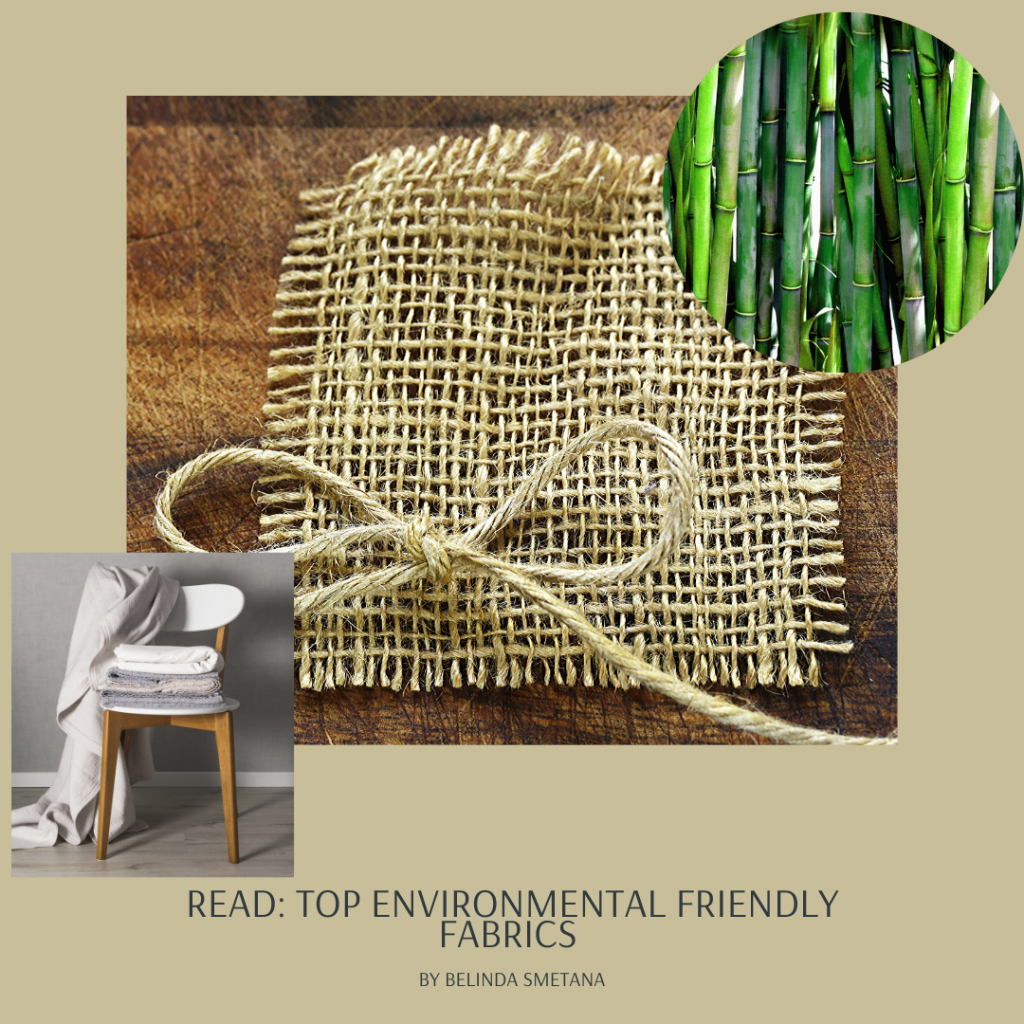I’m celebrating my sixth month into sustainable fashion and travel. There’s a tremendous amount of information available online and offline for anyone who wants to know why sustainability is so important. I am still learning and growing every day on this journey. I dedicated last week to studying about the environmental friendly fabrics that we should look out for when shopping for our next garment.
If you’re an expert in sustainable fashion and would like to give us some useful information, please leave a comment below. Let’s help each other.
Next time you’re out there shopping for your item from a sustainable brand, try leaning towards the following fabrics.
HEMP – Hemp is a very eco-friendly crop which requires no pesticides and needs less water. Its long roots prevent erosion and help retain topsoil. Nothing is wasted in the hemp production process: seeds are used to make oil and food supplements, while the stalks are used for fibre. This is considered one of the best fabrics because its strong, mold-resistant, and it’s biodegradable.
BAMBOO – Bamboo possesses an anti-bacteria and bacteriostatic bio-agent called “Bamboo Kun”, allowing it to naturally flourish and grow in the wild without the use of pesticides or fertilizers. It’s a natural textile made from the pulp of the bamboo grass. Bamboo is one of the softest fabrics that is known to be sweat absorbent and will keep you odour/odor free. Natural bamboo will not cause allergic reaction so if your skin is allergic to most fabrics, you should try bamboo.
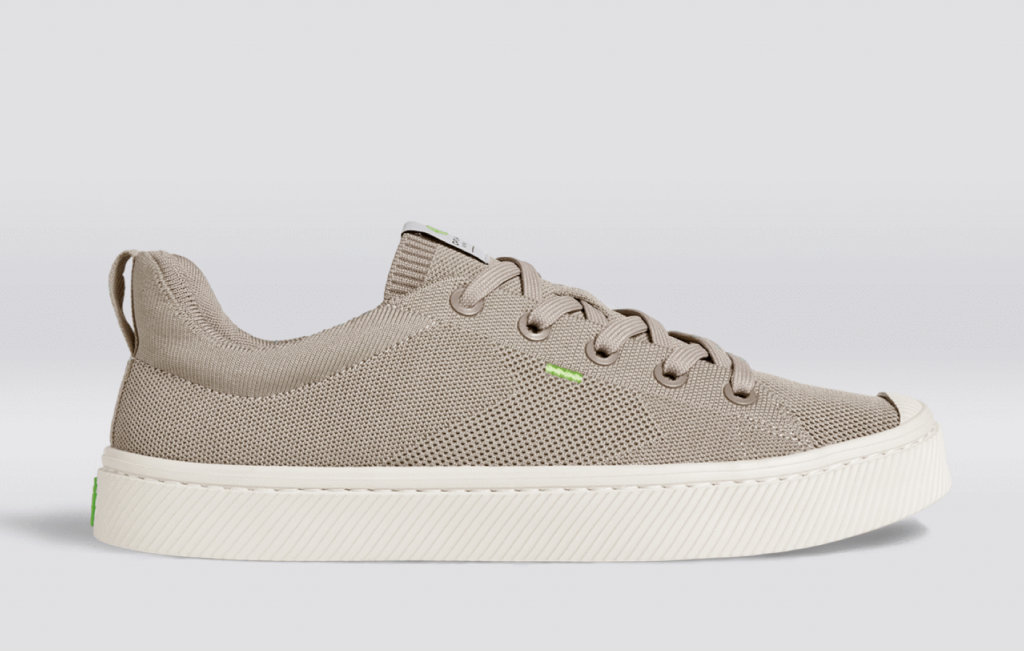
LINEN – This is my favourite fabric by far because it absorbs moisture without holding bacteria and it’s natural fiber do not cause skin irritation. It’s sustainable because it’s made from flax. Flax can grow in poor soil using far less water in its consumption compared to cotton. Like hemp, nothing is wasted from flax plant and I found out that by-product of flax is Linseed oil which is used for wood preservation(varnishes). When not bleached, it’s biodegradable that’s why I prefer linen in its natural colour.
Below are pictures of bleached linen I took in Zara and H&M.
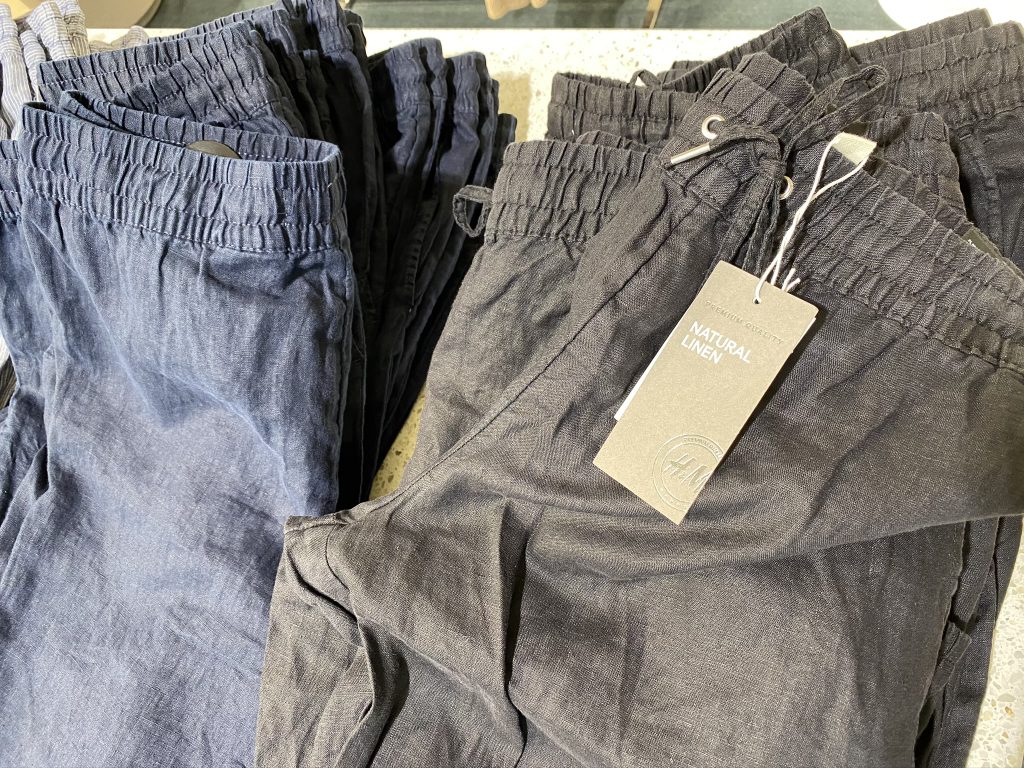
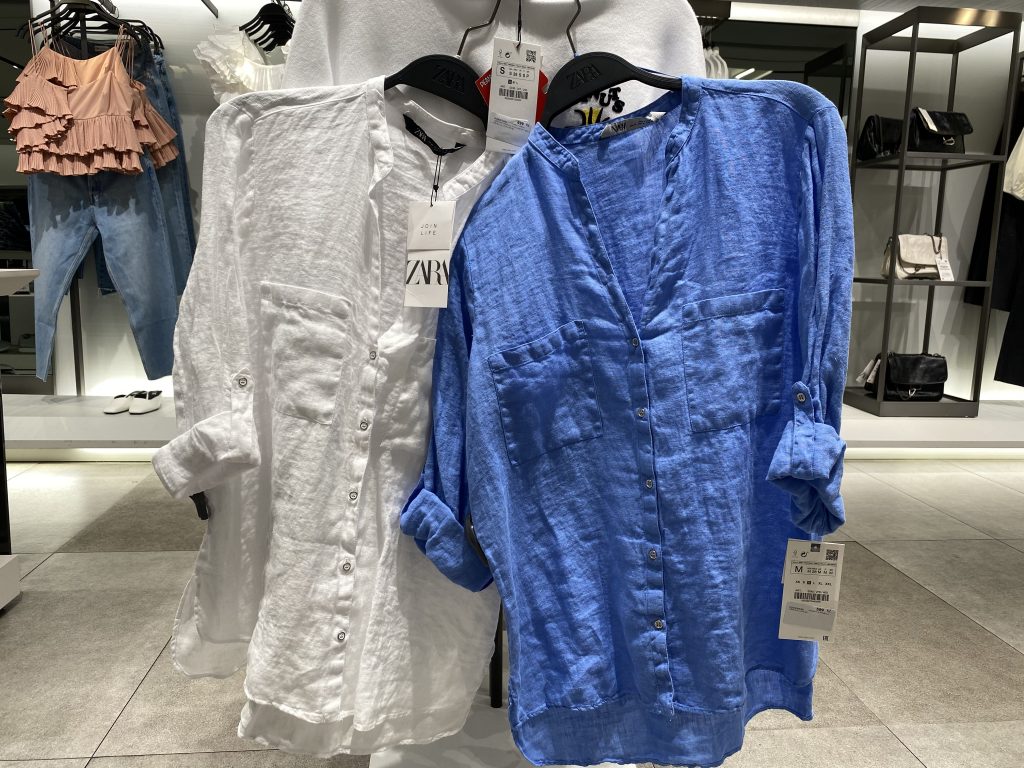
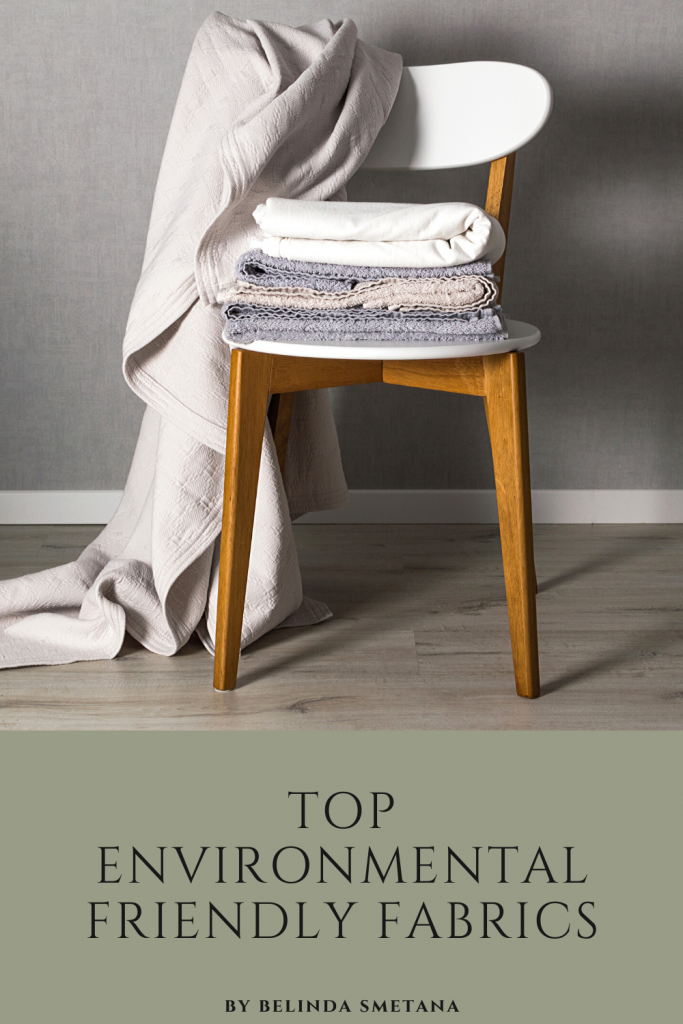
ORGANIC COTTON – It’s made from natural fibers with no use of pesticides or chemicals. Organic cotton is biodegradable, wicks away sweat, it’s breathable, and soft.
There’s a difference between cotton and organic cotton. Your typical cotton could be filled with pesticides, which turns out to be harmful to the environment. Did you know that added dyes can take the credibility away from your cotton. The safest bet is to buy organic cotton clothing in the shades the cotton is grown in.
CASHMERE – This is a luxury fibre because the hairs are finer than wool and their scales are less itchy. This hair is from a goat, and is either combed or shorn to harvest. An alternative is SOY which is good for your body and on your body. Like hemp, soy is extremely versatile in its uses. It’s an eco-friendly and cruelty-free alternative to silk and cashmere, which both involve the use of animals in their production. Soy is machine washable and wrinkle resistant. It’s natural fibres requires less water than cotton. It’s also biodegradable.
Thanks for checking. As usual, I would like to read additional suggestions or any questions. Let’s connect on the social media handles below.
